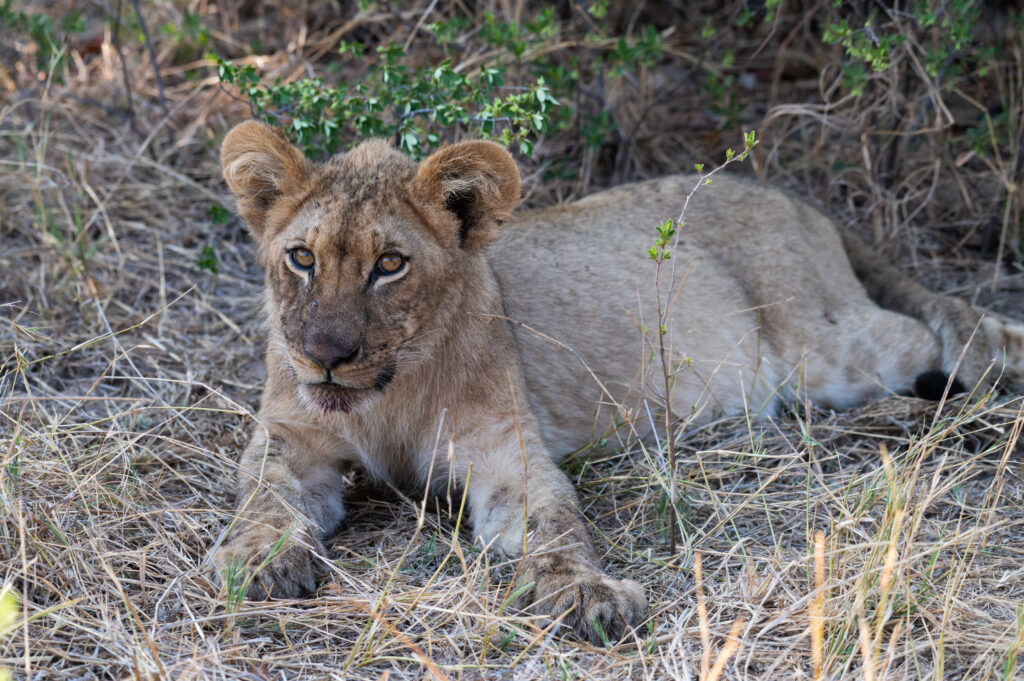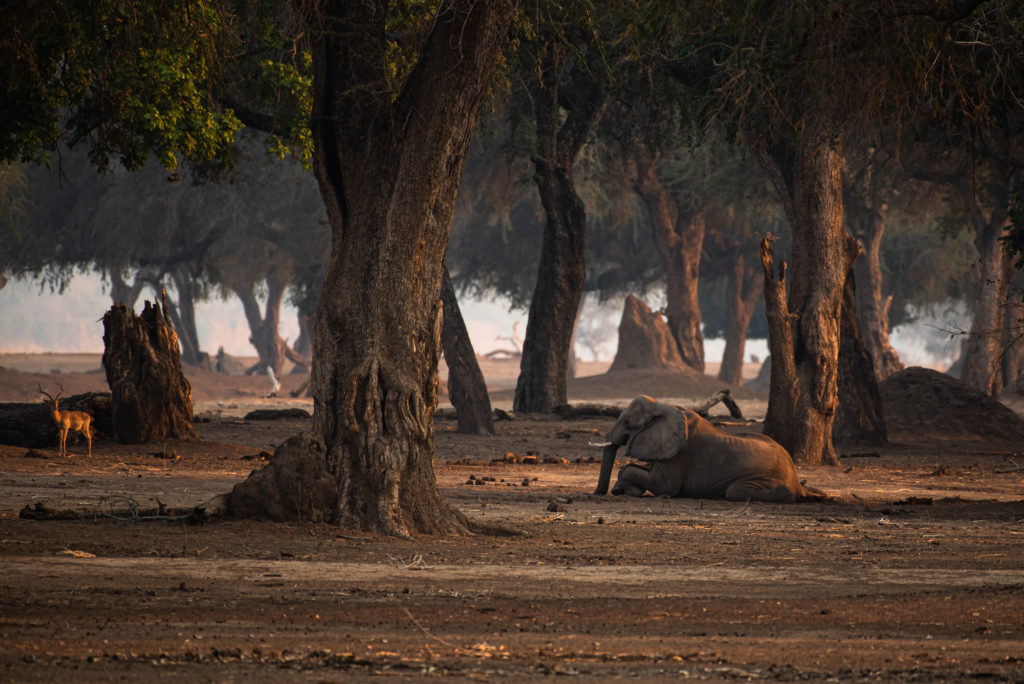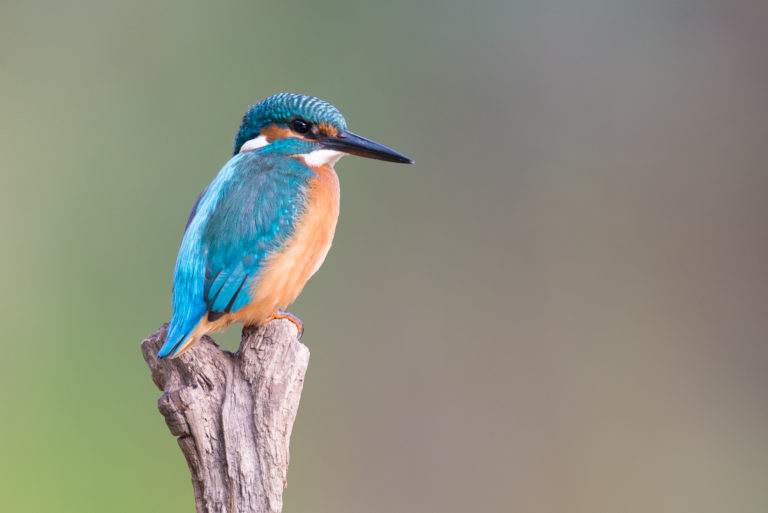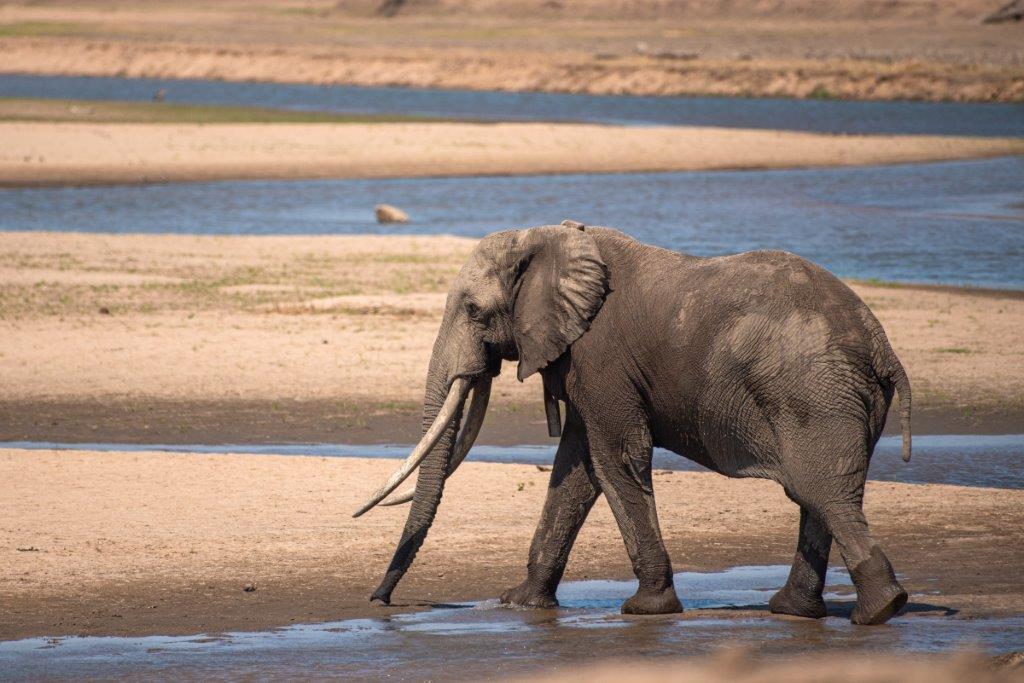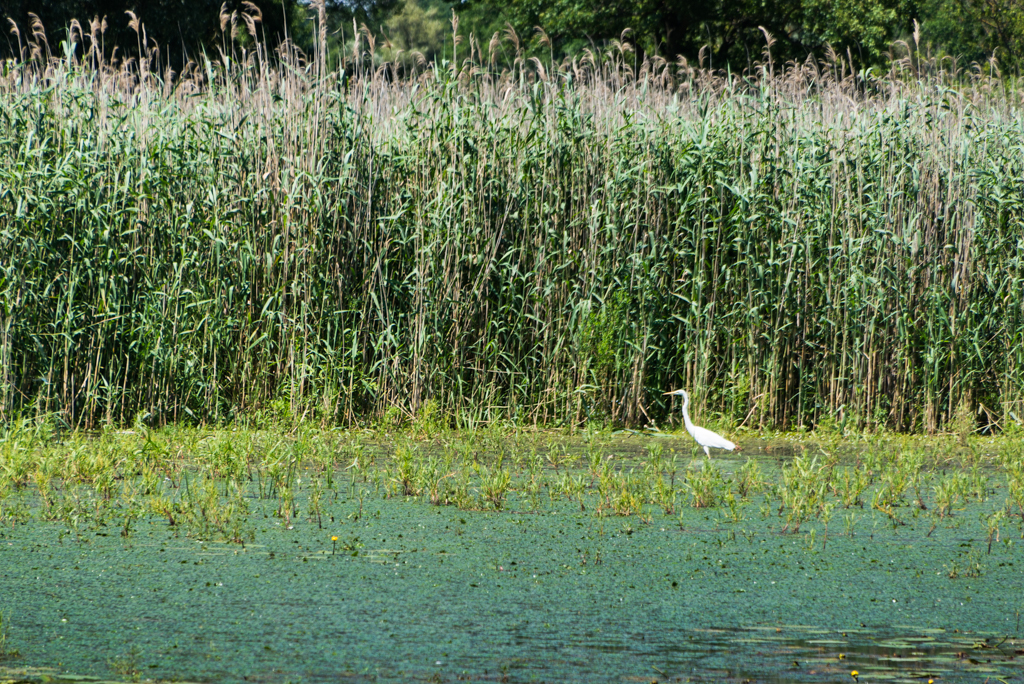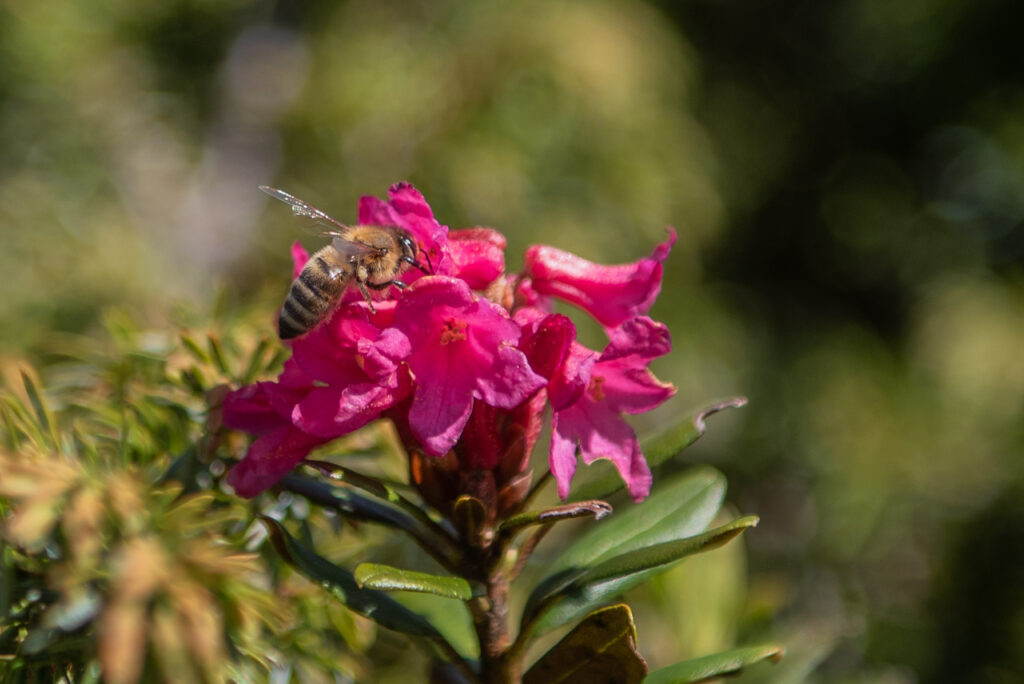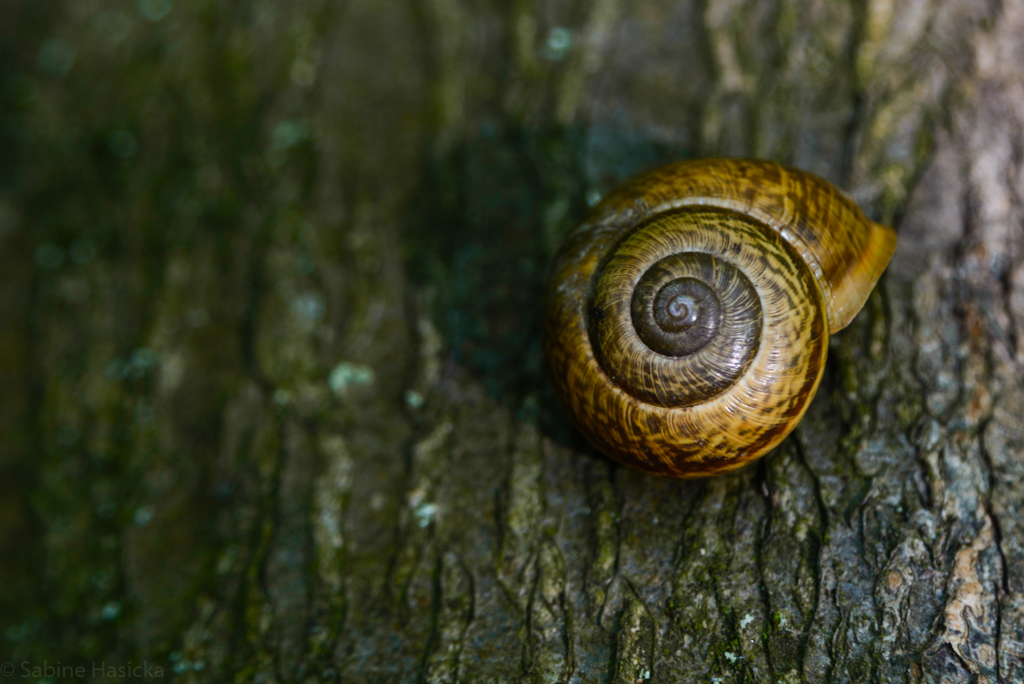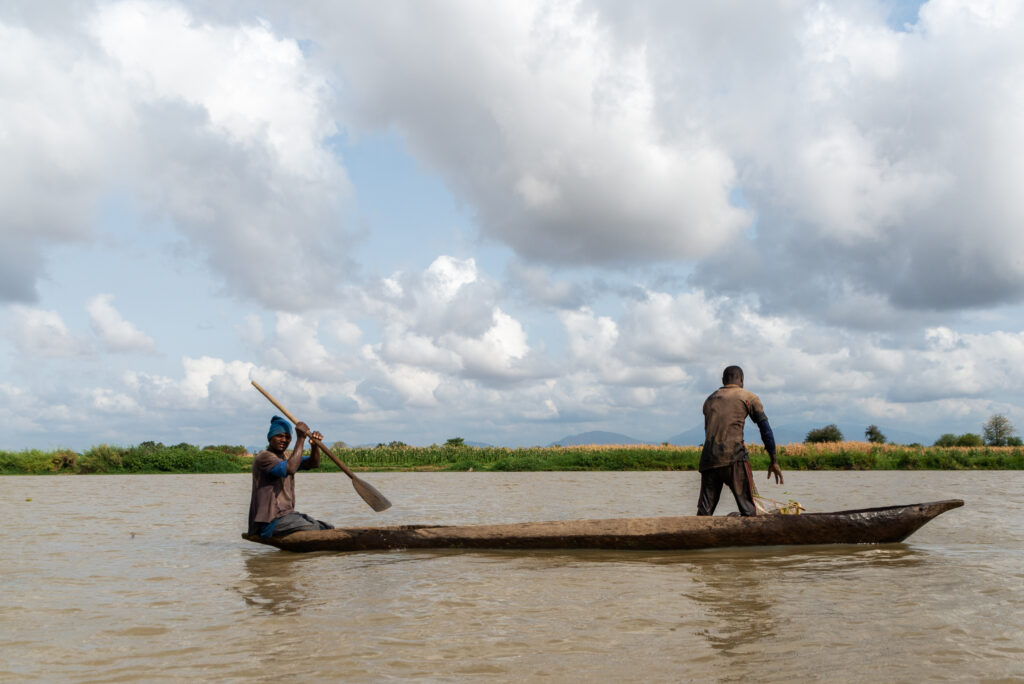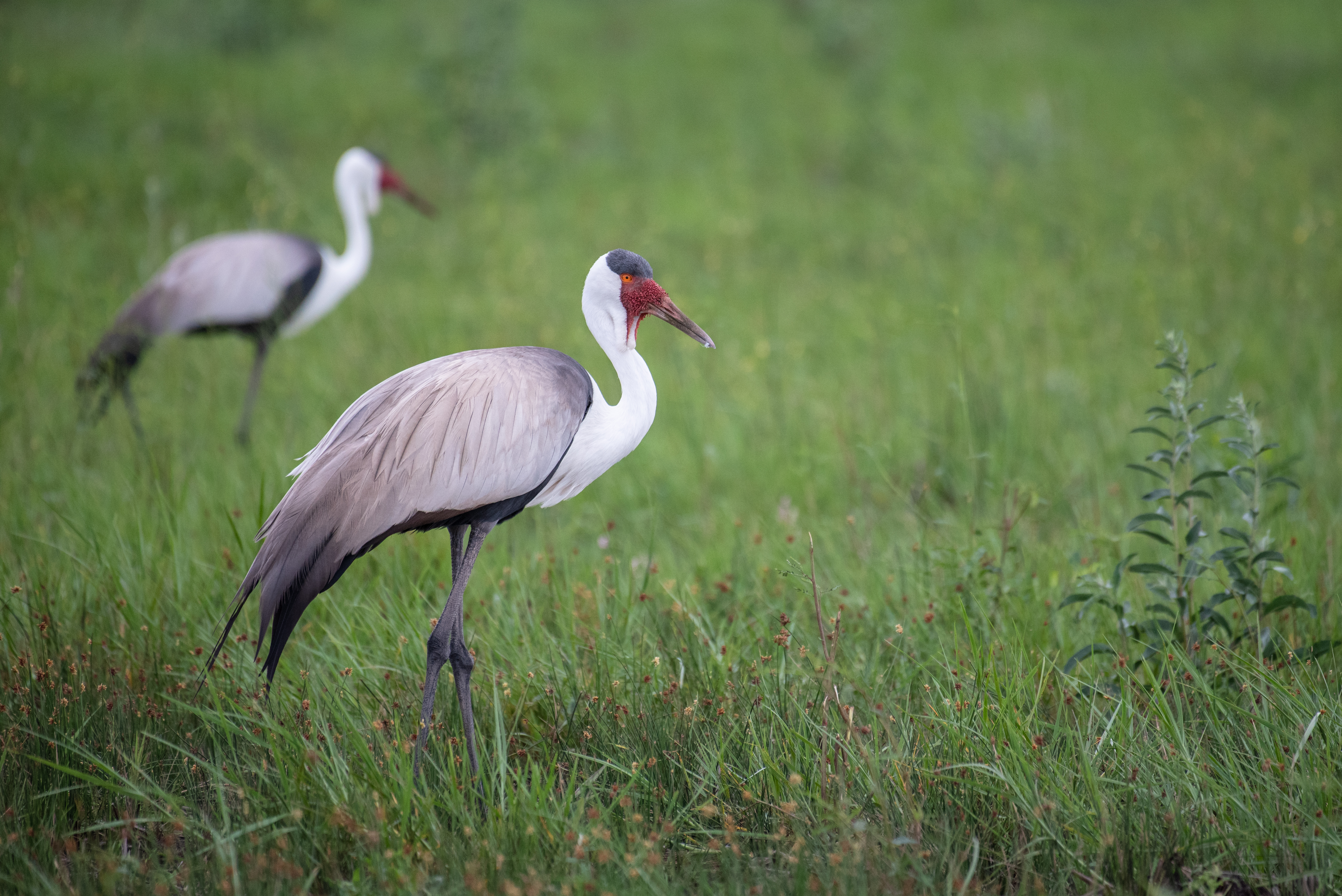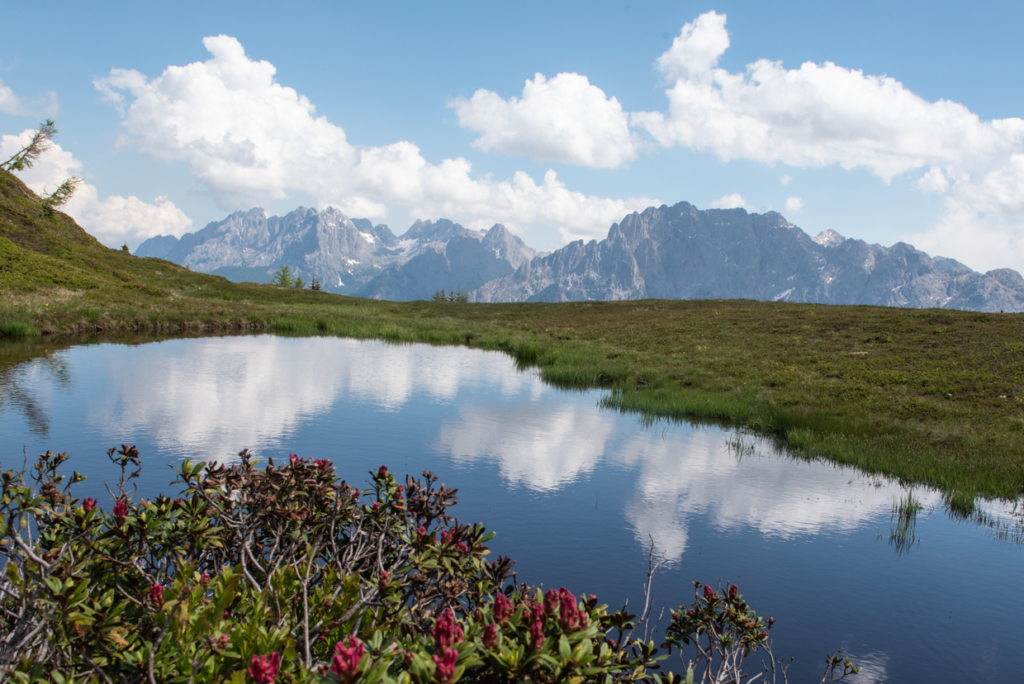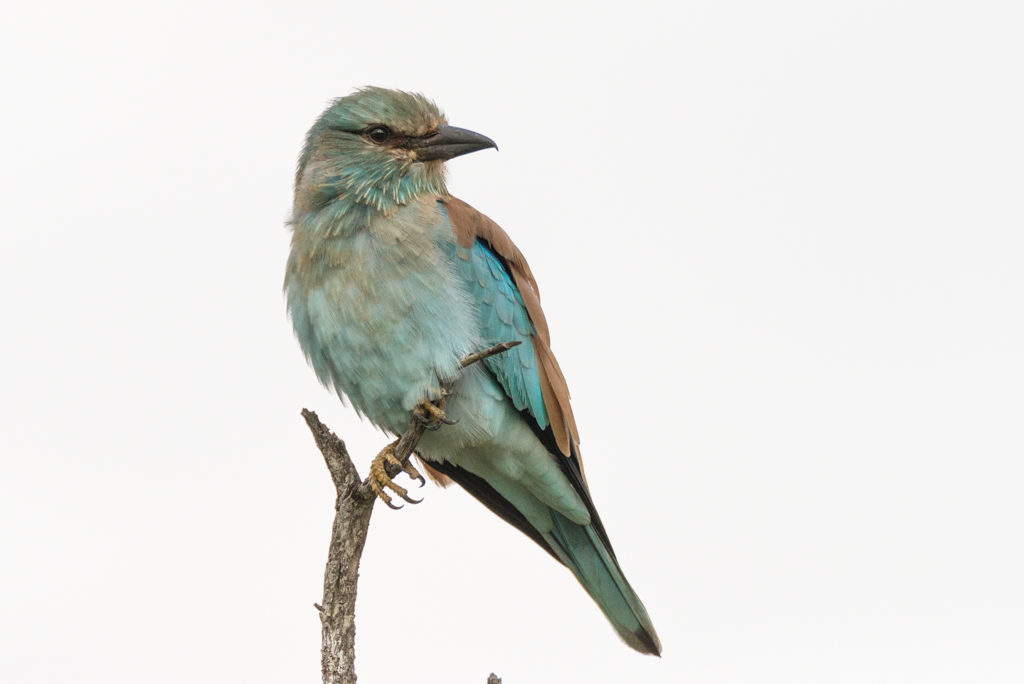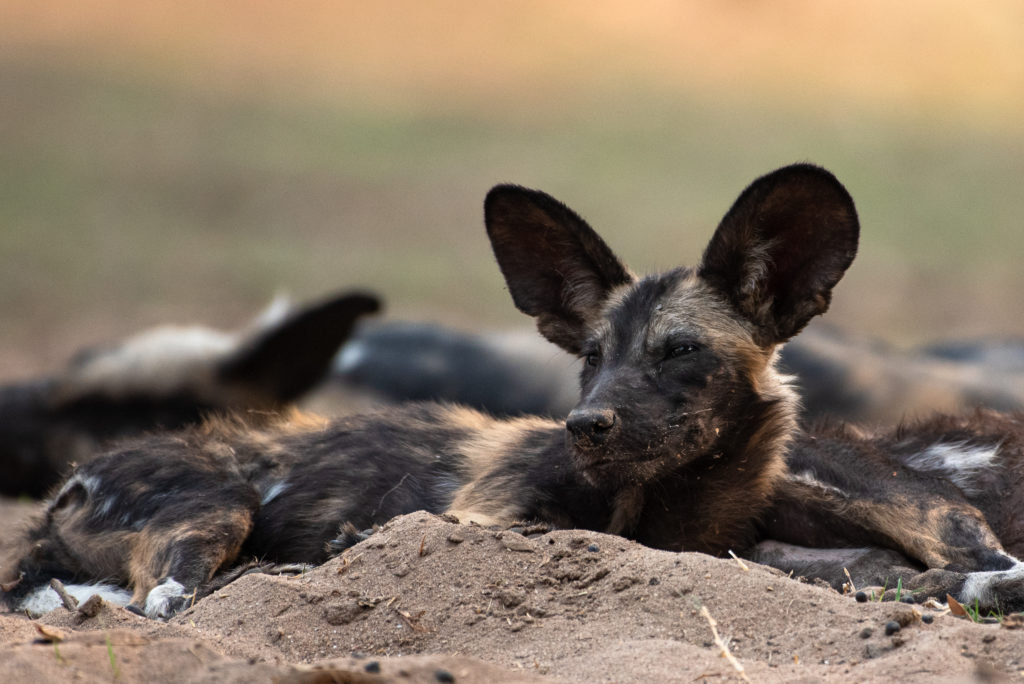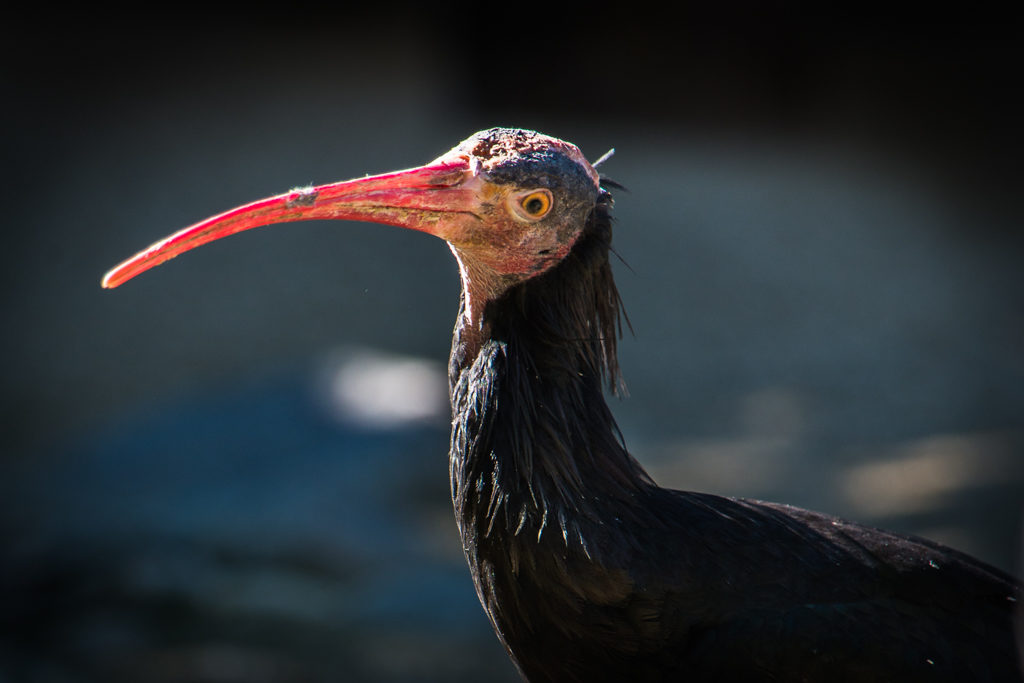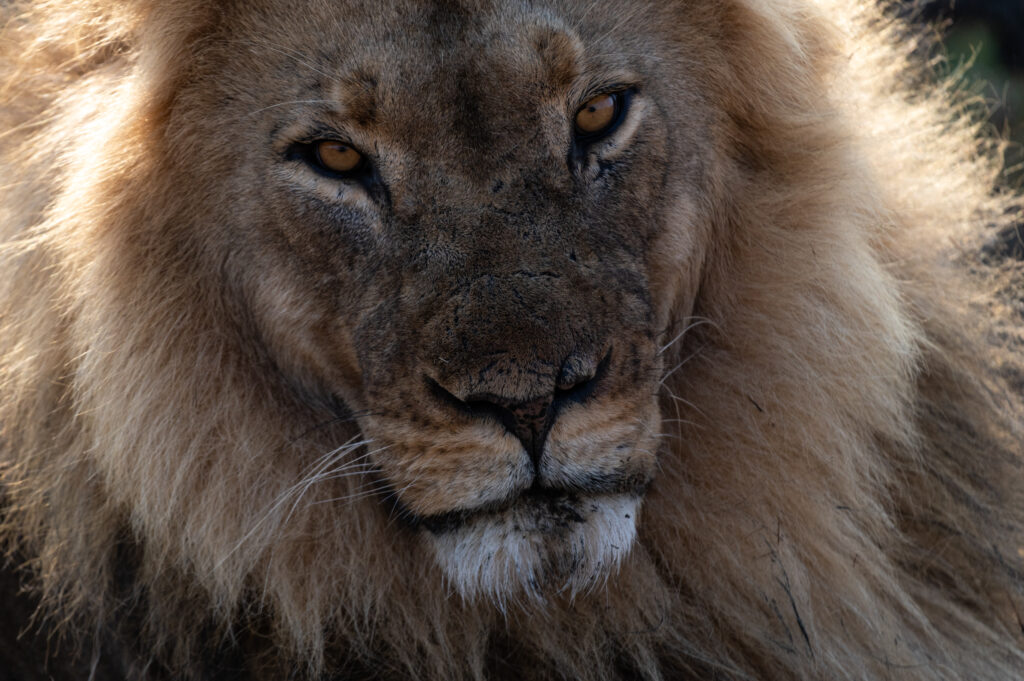
It’s been seven years since Cecil’s death. The handsome, black-maned lion was shot right outside his home, Hwange National Park in Western Zimbabwe, by a trophy hunting American tourist. The dentist from Minnesota had paid USD 50,000 for the shooting rights. His action was hence legal under Zimbabwean law, however he had paid his helpers to use an elephant carcass to lure the lion from a protected area into a hunting concession.
Cecil’s agony lasted for well over twelve hours. The circumstances of this death could later be minutely reconstructed as he was collared and named as part of a research programme. Aside from the inhumane aspect of Cecil’s unnecessarily painful death due to the inexpert use of bow and arrow, his killing caused an uproar. The act of a rich American so nonchalantly shooting an African animal strongly echoed the not so long-gone days of colonialism.
It was, however, under colonial administration that Hwange National Park was established, namely in 1928, when present day Zimbabwe was the British colony Southern Rhodesia. Over the years Hwange has grown in the country’s largest national park, comprising of a variety of landscapes from dense teak and mopane forests to white Kalahari sands and golden savannas. It’s raw and diverse African landscape, as the safari marketing slogan goes. Hwange is also one of the best managed parks in the world, running various research, educational and conservancy projects. It is a place for endangered species to thrive.
The idea behind the park, though, was far from idealistic. First and foremost, a national park promised huge revenues from tourism to the colonial government. Wildlife conservancy was the means, a fringe benefit. But it was much more than a collateral damage that the establishment of the national park led to the near extinction of a people that like the lions had roamed the land for millennia; a people that mastered the use of bow and arrow, and who were able to turn themselves into lions: the Tjwao, the bushmen of Zimbabwe.
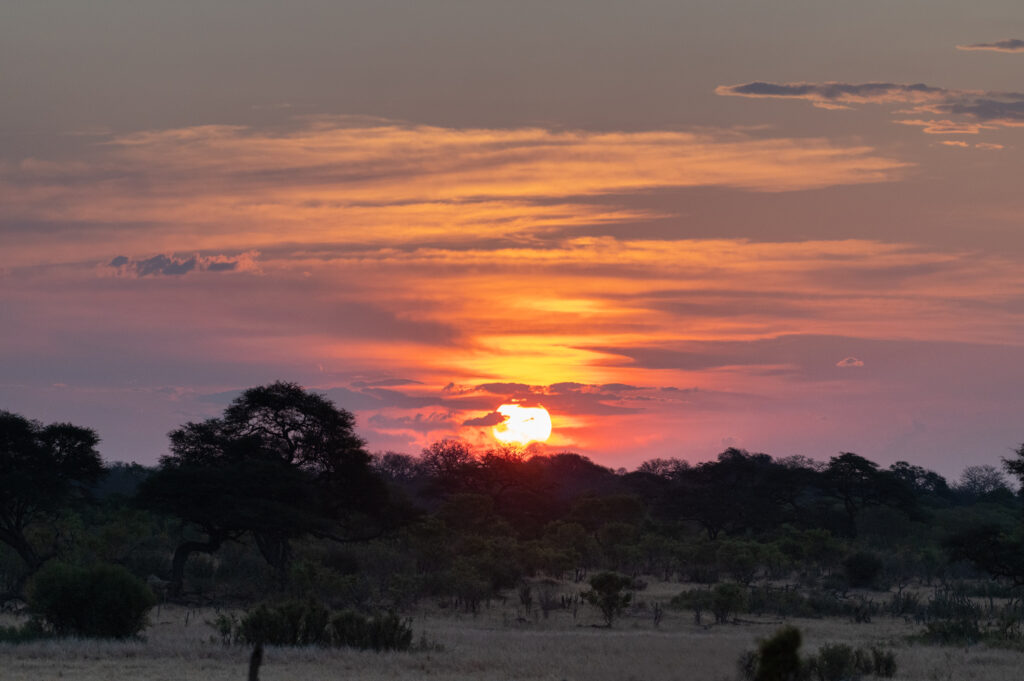
If not physically, then legally, a National Park is a fenced-off area. The aim is not to lock in the wilderness, but to keep the rest of the world out, so the land appears pristine and raw, untouched by human hand: a glimpse of the world as God had created it. However, the land between the Zambezi river in the North, the train tracks to Victoria Falls in the East, and the Kalahari desert in the South-West, is by no means untouched by human hand.
In 1889, Queen Victoria of England authorized the adventurer Cecil Rhodes to economically explore and subsequently administer the lands North of the British Cape Colony. By this time, 35 year-old Cecil was already a diamond magnate, having made his fortune in South Africa. Now he showed great interest in the teak forests, as teak was a sturdy wood needed for the building of fast growing railroad tracks through Africa, as well as in the ivory urgently needed to quench the high demand of upright pianos in the US; Also, the land was rich in coal, another resource the west needed to fire the steam engines of the ongoing industrial revolution promised . He set out immediately.
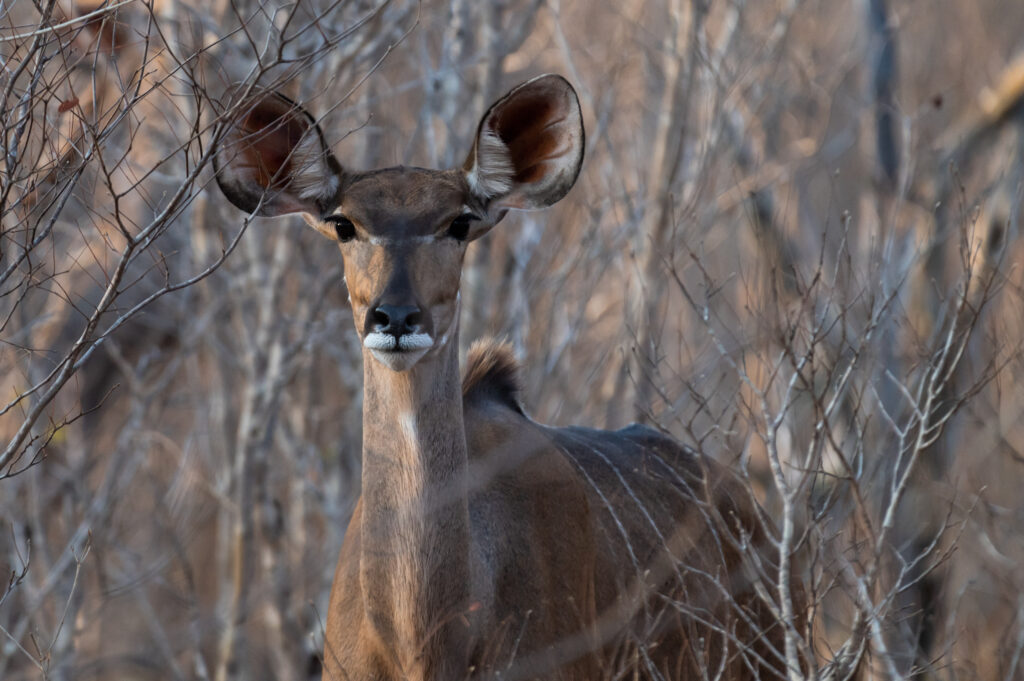
First, he tricked the local Madebele – a belligerent Bantu tribe that had settled in this region for generations – into granting them the rights to the natural resources. The naturally illiterate Madebele signed the British contracts, foolishly trusting the oral promises of the Rhodes’ agents. Then, under the pretext of hence broken promises, his rifle-savvy British South Africa Company battled them in the First Madebele War, which resulted in the Africans’ defeat. Subsequently, he consigned the Madebele as workers to build a railroad to connect the teak forests in the South with the coal mines in the North. Rhodes meant business indeed.
By the time of his early death, in 1902, the teak forests were cleared to the extent that they wouldn’t regenerate on their own, and the sandy soil wasn’t fit for agriculture, or husbandry, due to the Tsetse fly. On top, not only were the elephants starkly decimated, but all wildlife had been hunted to near extinction. The British considered hunting a noble sport, and killed predators as vermin, and kudus and giraffes and impalas as trophies. To reserve the remaining game for themselves, and for lack of better use of the sandy and dry soil, they turned the area into a private Game Reserve.
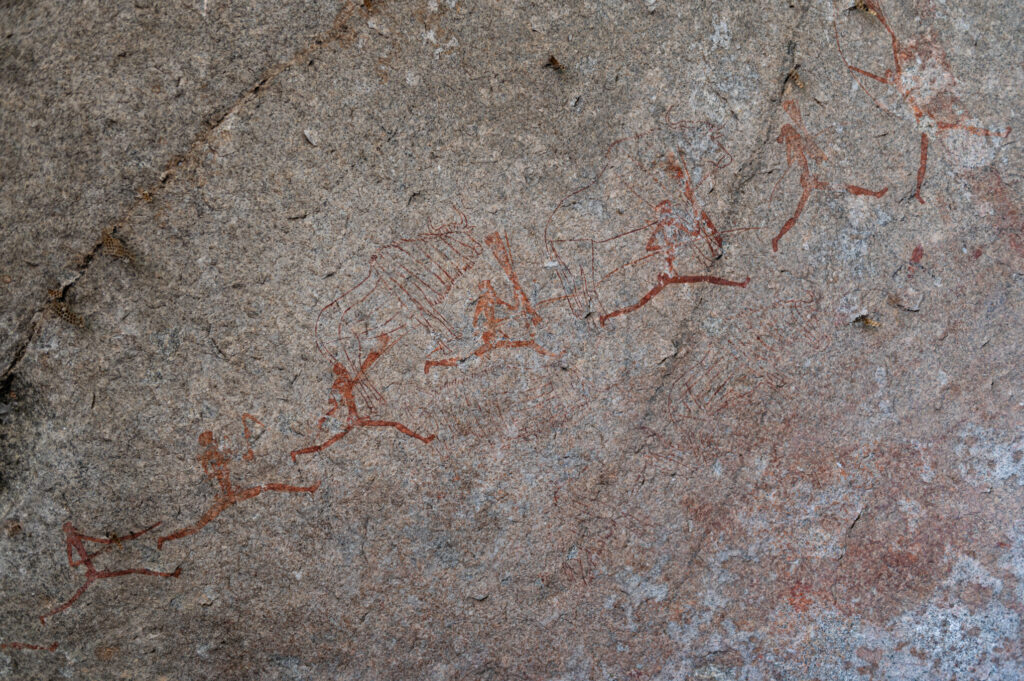
The Tjwao bushmen had foraged and hunted in these dry and sandy lands since the beginning of humankind, as archaeological evidence from the Old Stone Age suggests. Their life style, as that of other San (Bushmen) groups all over Southern Africa, was in complete harmony with nature. Their diet consisted primarily of foraged berries and roots, their game hunts were ritualized hunts that lasted for days on end – or longer. Their settlements were temporary, which enabled them to follow migrating game, as well as the rains. This flexibility was a valuable asset in a region so close to the Kalahari desert, a land prone to droughts and climate uncertainty. In their nomadism, they left no traces, no evidence of their presence. aside from carvings and cave paintings. They were invisible, blending into their surrounding.
Most fascinating about the Tjwao and other bushmen cultures though, was their understanding of the relationship between the natural world and themselves. They lived in the truest sense of the word inseparable from nature. All the landscape around them was considered alive, every boulder, every animal once was a human creature, or was inhabited by the spirits of the dead, or those yet to be born. Should the need arise, the Tjwao were also able to turn themselves into animals, into a kudu if they hunted one, or into an ostrich, or a lion.
“My aunt turned herself into a lioness. She sought for us, as she wanted to see whether we were still comfortable where we lived. She, when she had smelt our houses’ scent, she passed in front of us, she roared like a lioness because she wished that we should hear her, that it was she who had come seeking for us.” (from “Stories that float from afar” Ancestral Folklore of the San of Southern Africa)
The Tjwao lived outside the confinements of time and their own physical bodies, but immersed into their land, their identities inseparable from the natural world around them.
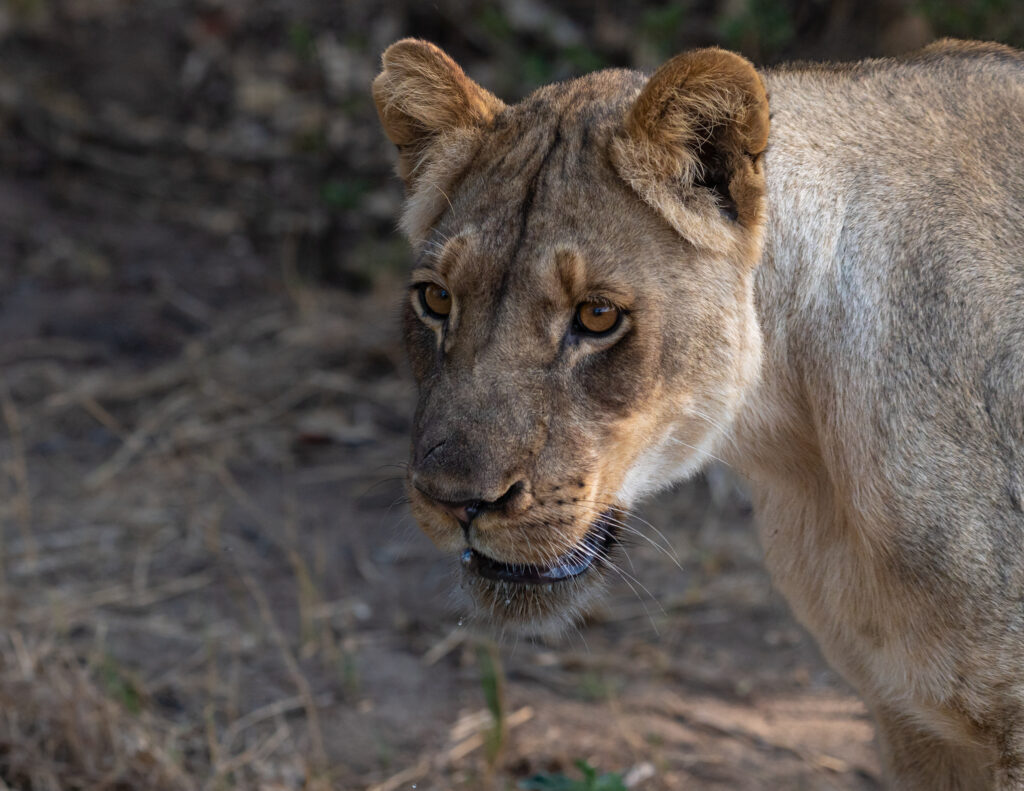
By the turn of the 20th century, when the white settlers and Cecil Rhodes arrived, Tjwao families lived in scattered groups in what is now Hwange National Park. As Rhodes’ administration claimed the land, they relocated the locals to so-called Native Reserves. This was done on the legal basis of the Game and Fish Preservation Act of 1929. The British blamed the Tjwao for “poaching,” and the sudden loss of wildlife, which of course was irrational, given that the Tjwao had lived in these lands for thousands of years without decimating the wild animals, nor the trees. Rather, Cecil Rhodes had a hidden agenda; he considered the natives barbarians and thought that the sooner the Anglo Saxons subjugated the governed the continent, the better for the human race. It was, he said, their obligation. In a letter from 1888 he wrote:
“I contend that we are the first race in the world, and that the more of the world we inhabit the better it is for the human race. I contend that every acre added to our territory means the birth of more of the English race who otherwise would not be brought into existence.”
Although not the world’s first National Park, Hangwe was hence the first to evict indigenous inhabitants.
In the years to follow the expulsion, during the liberation struggle and after declaration of independence of the state of Zimbabwe, in 1980, the situation for the Tjwao didn’t improve. As a people who didn’t fit in with neither the Bantu societies, let alone the imperialistic Europeans, they were caught in the middle, victims of violence by the hands of the colonial forces as well as, post 1980, by the red berets, the notoriously brutal Zimbabwe Military Police. They were also victims of cultural ghosting. Unrecognized as an indigenous people, in the native reserves, their history and their culture were forgotten. Their homesteads in the Tholotso district south of Hwange National Park is the poorest district of Zimbabwe, their political representation not worth mentioning, their income the lowest in Zimbabwe due to their low literacy rate and lack of higher education.
The Tjwao language, which has no writing, is destined to die out, spoken by only a handful of people of advanced age. The young, who have never been to Hwange National Park, don’t understand it. They mostly speak Ndebele, the prevailing language in the region, and dream of a different future, where their children at least get better education and can find a better life, in Zimbabwe or abroad.
Only the old still dream of returning to their ancestors’ land, where their forefathers lay buried, the land that defined them as a people, and as persons. They still feel the phantom pain from missing the land from which they were once inseparable. To venture into the National Park, even only for foraging for their traditional foods (hunting is out of question within the confines of the park), they need to apply for a license, a bureaucratic obstacle they mostly fail, or are too scared too attempt, or are denied anyway.
Today, the number of Tjwao living in the homesteads surrounding Hwange is estimated to be around 1500 people. There are fewer Tjwao in Africa, than there are lions.

Lions are an endangered species, as are wild dogs and cheetahs and giraffes, who all live in large numbers in Hwange National Park. In its wildlife conservation efforts of Hwange National Park is laudable. Situated in a dry region that has no rivers and waterbodies, the park management has since the 1930s installed 103 boreholes, first run by wind wheels, then by diesel generators and presently by solar power, to provide the large mammals with water. Without these artificial waterholes, the many large animals, and with them the lions and other predators, would have long died. This concerns especially the elephants, whose population has exploded since the establishment of the park, from ca. 1,500 elephants in 1920 to ca. 45,000 in 2020.
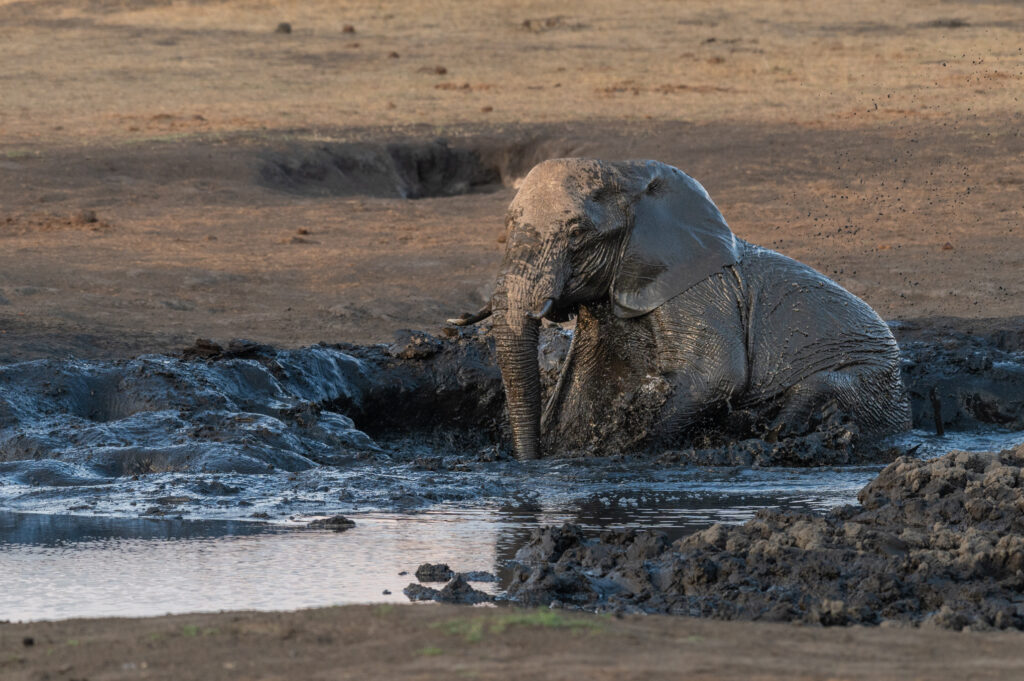
The sight of many playfully entangled trumps, of happy baby elephants as they splash in the waters against the tangerine African sunset is enlightening to the eyes of the paying visitor – affluent Americans and Europeans. The sparkling reflection of the sunbeams on the solar panels does not diminish their joy. Nor does the presence of rangers managing the waterholes or patrolling for poachers. For these licensed rangers, who are highly skilled in tracking and nature conservation, the National Park is not simply a job, or an income, but their love for wild life is evident – and contagious. Hangwe is not the raw African landscape as the marketing slogan goes; it is land carefully managed and lovingly cared for. As it was before it became a National Park, and before Cecil Rhodes ever set foot on the land that is holy to the Tjwao.
That Tjwao aren’t back to the land that complements them in their identity, that their lives have not been cared for, but falsely sacrificed for the lives of lions and elephants, is incomprehensible; it’s another wrong doing of Cecil Rhodes that should be righted before it’s too late, before their culture has vanished into oblivion.
Unlike his namesake, Cecil the lion was an old man at the time of his death. In the run of his long life he had fathered many new generations. His wives, his daughters and sons, and even his grandchildren are the lions that today hunt in Hangwe National Park and who carry with them the spirits of Africa, of those passed, of those yet to be born.
